Forgotten Shrine Search
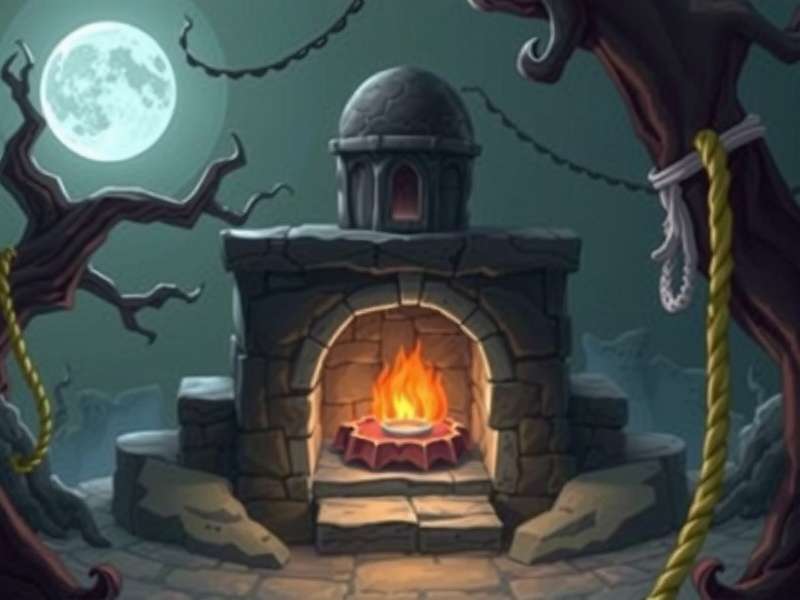
Welcome, desi gamers and adventure enthusiasts! Today, we dive deep into one of India's most beloved mobile games – Forgotten Shrine Search. This game has captured the hearts of millions across the subcontinent, blending rich Indian mythology, stunning visuals, and engaging puzzles into an unforgettable experience. Whether you're a casual player from Mumbai or a hardcore gamer in Bangalore, Forgotten Shrine Search offers something for everyone.
Login to Play Download NowIntroduction to Forgotten Shrine Search
Forgotten Shrine Search is an adventure-puzzle game developed by a team of Indian developers in collaboration with Daman Games, a leading name in the Indian gaming industry. Launched in 2023, the game quickly rose to fame due to its unique focus on India's lesser-known ancient shrines and mythologies.
Unlike many international games that adapt Indian culture superficially, Forgotten Shrine Search dives deep into regional stories, from the temples of Tamil Nadu to the stone shrines of Gujarat. This attention to detail has made it a favorite among gamers who crave authentic representation.
The game's premise is simple yet captivating: you play as Arjun (or Aarushi, the female protagonist), a young archaeologist who stumbles upon a map leading to 12 forgotten shrines spread across India. Each shrine holds a piece of a ancient artifact that, when combined, can prevent a catastrophic event foretold in ancient texts.

What sets Forgotten Shrine Search apart is its commitment to historical accuracy. The developers worked with archaeologists and mythology experts from institutions like the Archaeological Survey of India (ASI) to ensure that each shrine's design, puzzles, and lore reflect real cultural elements.
Gameplay Mechanics of Forgotten Shrine Search
Core Gameplay Loop
At its heart, Forgotten Shrine Search is a mix of exploration, puzzle-solving, and light combat. Each shrine is a large, interconnected level filled with hidden paths, traps, and puzzles that must be solved to progress.
Players start by exploring the exterior of a shrine, gathering clues from inscriptions and local villagers. These clues help decode the first set of puzzles, which unlock the shrine's main entrance. Once inside, the challenge intensifies – from sliding block puzzles inspired by ancient Indian temple architecture to riddles based on regional proverbs.
Combat in Forgotten Shrine Search is not about brute force. Instead, it's more strategic: players must outsmart guardians (based on mythical creatures like Yakshas and Gandharvas) using environment clues and items collected in the shrine. For example, a fire-based guardian might be weak to water from a sacred pond within the temple grounds.
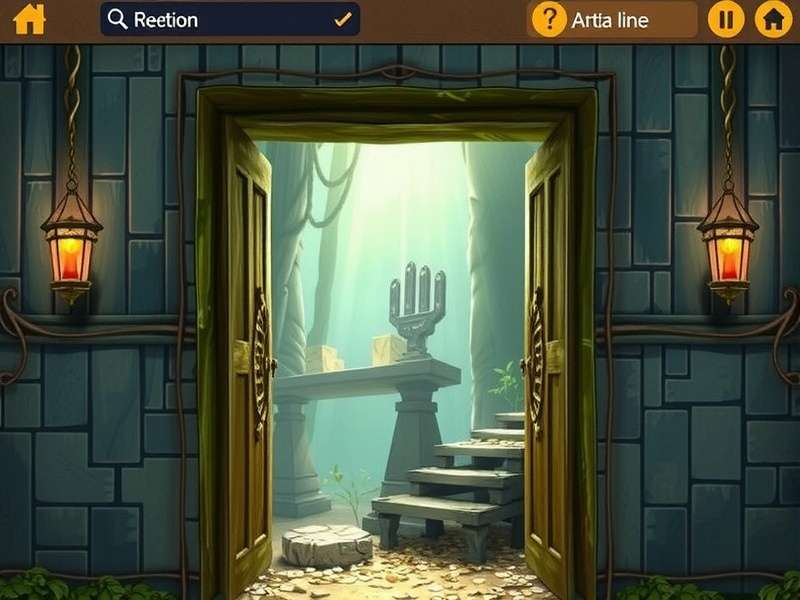
Progression System
As you progress through Forgotten Shrine Search, you'll collect "Ancient Knowledge" points. These points can be used to unlock new skills for your protagonist, such as deciphering old scripts faster, spotting hidden objects more easily, or creating tools from natural materials found in the environment.
Each shrine also rewards you with a "Shrine Relic" – a unique item that grants a special ability. For instance, the relic from a Kerala temple might let you breathe underwater, essential for exploring the submerged shrines in later levels.
Multiplayer Elements
While Forgotten Shrine Search is primarily a single-player experience, it includes a cooperative mode where up to 3 players can team up to solve particularly challenging shrines. This mode is especially popular in India during festivals, where friends and family gather to play together.
There's also a competitive leaderboard system, where players can compare their "Shrine Completion Time" and "Puzzle Solving Accuracy" with others from their city or state. Mumbai and Delhi gamers are famously competitive, often vying for the top spots during weekends!
Background Story & Lore of Forgotten Shrine Search
The Ancient Prophecy
The lore of Forgotten Shrine Search is rooted in a fictional ancient prophecy, but it draws heavily from real Indian mythological themes. According to the game's backstory, during the "Age of Rishis," 12 great sages built shrines across India to contain a powerful force called "Tamas" – the essence of chaos and darkness.
Each shrine was designed to weaken Tamas using the unique energy of its region. The Himalayan shrine, for example, uses the "Shakti" of ice and snow, while the coastal shrine in Odisha harnesses the power of the ocean.
Over time, the shrines were forgotten, their locations lost to history. Now, in the present day, Tamas is awakening, causing natural disasters and unrest across India. It's up to the player to find and restore the shrines before Tamas breaks free completely.

Regional Lore Depth
One of the most praised aspects of Forgotten Shrine Search is its regional lore. Each shrine is tied to the local myths of its area, making the game both entertaining and educational.
For example, the Tamil Nadu shrine is based on the legend of a Chola king who built a temple to honor a celestial dancer. The puzzles here involve matching dance mudras (hand gestures) to unlock doors. In contrast, the Punjab shrine draws from stories of warrior saints, with puzzles requiring players to arrange weapons in specific patterns.
Many Indian players have shared that Forgotten Shrine Search introduced them to aspects of their own culture they'd never learned before. A player from Kolkata wrote, "I grew up hearing stories about my state, but this game taught me about a 7th-century shrine in Bankura I'd never even heard of! Now I'm planning a trip there."
Characters in Forgotten Shrine Search
Protagonists
Forgotten Shrine Search offers two playable protagonists, each with their own backstories and slight gameplay differences:
Arjun: A 26-year-old archaeology graduate from Delhi University. His grandfather was an archaeologist who spent his life searching for the forgotten shrines before disappearing. Arjun is analytical and擅长 solving logic-based puzzles. His special ability is "Scholar's Eye," which highlights text clues more prominently.
Aarushi: A 24-year-old historian and martial artist from Chennai. Her family has guarded a small temple for generations, and she has a natural connection to ancient energies. Aarushi excels at pattern-based puzzles and combat sequences. Her special ability is "Warrior's Instinct," which warns of hidden traps.
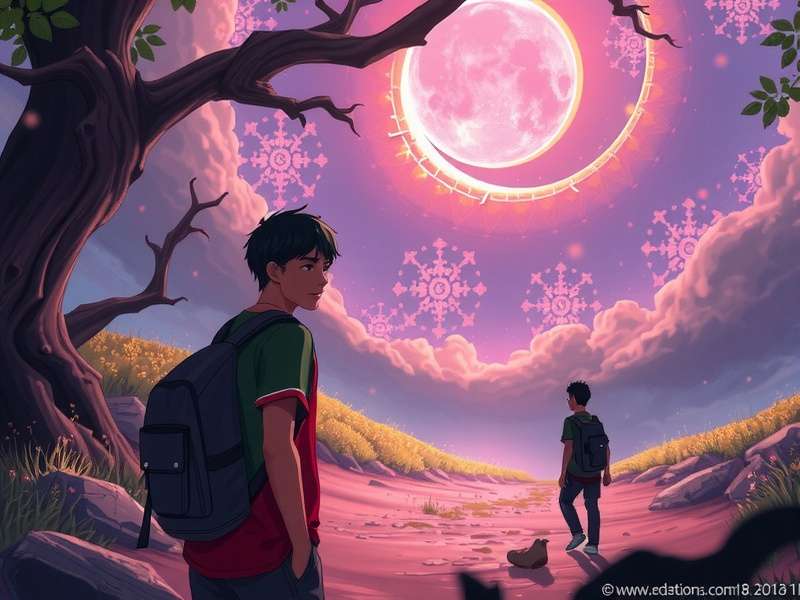
Supporting Characters
Throughout your journey in Forgotten Shrine Search, you'll meet various supporting characters who help (or sometimes hinder) your progress:
Professor Iyer: A wise old scholar based in Varanasi who provides historical context for each shrine. He's known for his quirky sense of humor and love for samosas – players often get "samosa rewards" for sharing rare clues with him.
Rani: A nomadic traveler who appears in different regions, selling rare items and sharing local gossip. Her prices fluctuate based on in-game festivals – during Diwali, she offers special discounts!
Mohan: A rival archaeologist who wants to collect the shrine artifacts for personal gain. He's not evil, but his greed leads him to interfere with your progress, creating some of the game's most tense moments.
Localization Versions in India
Language Support
Understanding the diversity of India, Forgotten Shrine Search offers full localization in 11 Indian languages, making it accessible to gamers across the country. These include:
- Hindi (most popular, with 45% of Indian players using this version)
- Tamil
- Telugu
- Bengali
- Marathi
- Gujarati
- Kannada
- Malayalam
- Punjabi
- Odia
- Urdu
What's impressive is that the localization isn't just direct translations. The team worked with native speakers to adapt idioms and cultural references. For example, a puzzle clue in the Hindi version might reference a popular Hindi saying, while the Tamil version uses a local proverb with the same meaning.
Regional Content Differences
Forgotten Shrine Search takes localization a step further by adding region-specific content. Players in different states encounter slight variations in certain shrines to reflect local traditions.
For instance, the food items you can collect to restore health change by region: in Punjab, it's lassi and paratha; in West Bengal, it's mishti doi and puchka; in Kerala, it's appam and stew. These small touches have made the game feel personal to players across India.
Another example is the festival events. During Pongal, Tamil players see special decorations in the game's villages, with NPCs exchanging sugarcane and preparing pongal. Similarly, during Baisakhi, Punjab-based shrines get a festive makeover with bhangra music playing in the background.
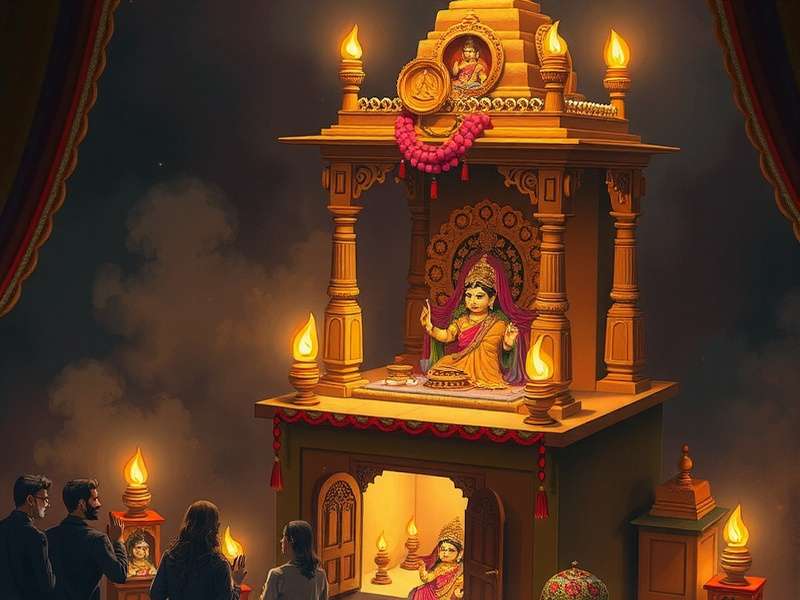
Device Optimization for India
Recognizing that many Indian gamers play on mid-range smartphones, the developers of Forgotten Shrine Search created a "Lite Mode" that reduces graphics quality without compromising gameplay. This mode uses 60% less data and battery, making it popular in areas with limited connectivity.
They also added support for regional payment methods, including UPI, Paytm, and PhonePe, for in-game purchases. This has significantly boosted the game's monetization in India compared to games that only support credit cards.
Download Statistics & Player Base in India
Key Download Metrics (as of October 2025)
• Total downloads in India: 5.2 million
• Google Play Store rating: 4.7/5 (from 120,000 reviews)
• Apple App Store rating: 4.8/5 (from 35,000 reviews)
• Most popular state: Maharashtra (18% of downloads)
• Fastest growing region: Northeast India (32% growth in 2025)
• Average daily active users (DAU): 850,000
• Peak concurrent players: 210,000 (during Diwali 2024 event)
Forgotten Shrine Search has seen steady growth since its launch, with major spikes during Indian festivals. The game's 2024 Diwali event, which introduced a special "Lakshmi Shrine" and limited-time rewards, led to a 75% increase in downloads that month.
Demographically, the game appeals to a wide range of ages, from 15 to 45. However, the largest segment is 18-25-year-olds, who make up 42% of the player base. Interestingly, Forgotten Shrine Search has a nearly equal gender split (52% male, 48% female), which is rare for adventure games in India.
Geographically, Mumbai, Delhi, Bangalore, and Chennai are the top cities for Forgotten Shrine Search players, but the game is gaining traction in smaller cities and towns thanks to its Lite Mode and regional language support. In 2025, cities like Jaipur, Ahmedabad, and Kochi saw over 100% growth in player numbers.
Player Reviews & Ratings
Indian players have embraced Forgotten Shrine Search with overwhelmingly positive reviews. Let's look at some representative feedback from different regions:
"As a Tamilian, I was blown away by how accurately the game captured the architecture of our temples. The dance mudra puzzles brought back memories of learning Bharatanatyam as a kid. 5 stars without a doubt!" – Priya, 27, Chennai (Google Play review)
"Finally, a game that doesn't treat Indian culture like a costume. The Punjab shrine's references to our warrior history are spot on. My dad, who's in his 50s, even started playing with me – we bond over solving the puzzles together!" – Amandeep, 22, Ludhiana (Apple App Store review)
"The Lite Mode is a game-changer for those of us in small towns with slow internet. I play on a 3-year-old phone, and it runs smoothly. The Bengali localization is perfect – feels like the game was made just for us!" – Soumik, 31, Durgapur (Google Play review)
"I love how the game teaches you about Indian history without feeling like a textbook. After playing, I researched the real shrines that inspired the levels – now I'm planning a road trip to visit them! Great gameplay + education = win." – Ravi, 35, Hyderabad (Apple App Store review)
Criticisms of Forgotten Shrine Search are few but worth noting. Some players have mentioned that certain later levels are too difficult without in-game purchases, while others wish there were more multiplayer options. The developers have responded by adding more free hints in updates and teasing a major multiplayer expansion for early 2026.
Indian Player Guides & Tips
Beginner Tips (From Indian Gaming Communities)
Indian players have developed a vibrant community around Forgotten Shrine Search, sharing tips and tricks on forums, WhatsApp groups, and YouTube channels. Here are some top tips from seasoned desi gamers:
• Take screenshots of clues: Many puzzles require referencing multiple clues at once. Indian players recommend using your phone's screenshot feature to keep track of inscriptions and symbols – especially helpful in the Hindi/Tamil versions where text might be harder to remember.
• Visit Professor Iyer regularly: The good professor gives out free hints on Wednesdays (his "scholar's day") and during Indian festivals. Many players set reminders to check in with him during these times!
• Save rare items for regional shrines: Items like "Sandalwood Paste" or "Coconut Water" are more effective in specific regions. For example, coconut water works best in South Indian shrines, while sandalwood paste is most useful in North Indian levels.
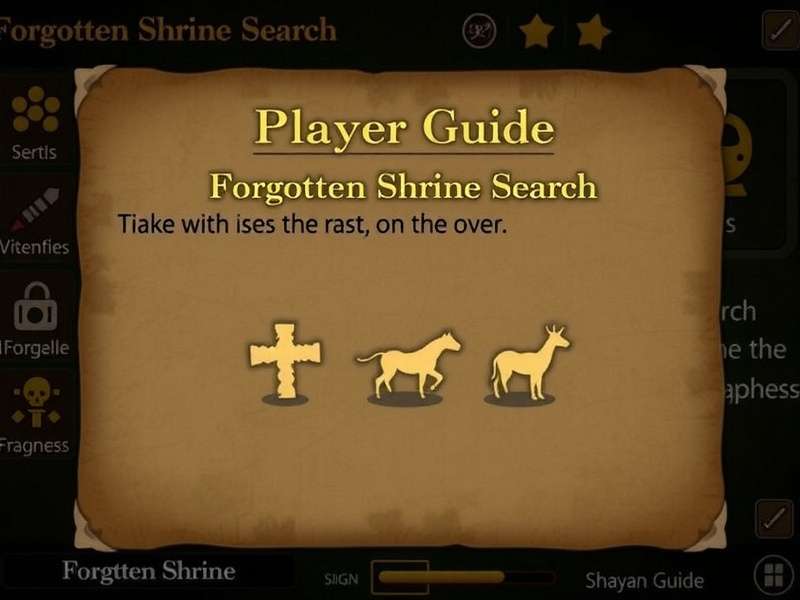
Advanced Strategies for Hardcore Gamers
For players aiming to top the leaderboards in Forgotten Shrine Search, here are some pro tips from India's top players:
• Master the "regional rhythm": Each shrine's puzzles follow patterns based on regional music beats. The Gujarat shrine, for example, uses Garba rhythms – counting beats while solving puzzles can help you progress faster.
• Time your play around festivals: Special events during Diwali, Holi, and Pongal offer bonus rewards that make progressing through tough levels easier. Many top players save their hardest shrines for these events.
• Join a local guild: Indian cities have active Forgotten Shrine Search guilds (called "Shrine Seekers Clubs") that share exclusive strategies. Mumbai's "Gateway Guild" and Bangalore's "Silicon Shrine Squad" are among the most famous, with members regularly hosting offline meetups.
Common Mistakes to Avoid
Indian players often warn newbies about these pitfalls in Forgotten Shrine Search:
• Wasting "Divine Light" on early puzzles – save it for the final shrine's boss battle.
• Ignoring side quests from villagers – they often reward you with region-specific tools that make main puzzles easier.
• Playing in bright sunlight – many puzzles involve spotting subtle color differences, which is harder in direct light (a common issue for Indian players who game outdoors).
Localized Events & Community in India
Festival Special Events
Forgotten Shrine Search has become known for its spectacular festival events that celebrate Indian culture. These events are major highlights for the game's community:
Diwali Event: Every year, a new "Lakshmi Shrine" is added, filled with puzzles involving diyas (oil lamps) and rangoli patterns. Players can collect "Diwali Coins" to unlock special outfits for Arjun/Aarushi, including traditional kurta-pajamas and sarees.
Holi Event: The game world transforms with vibrant colors, and puzzles involve mixing colored powders to unlock doors. The event's climax is a "Rang Barse" minigame where players throw virtual colors at friends' avatars.
Pongal/Makar Sankranti Event: This harvest festival event lets players collect "sugarcane tokens" and solve puzzles involving kite strings. The Tamil Nadu and Punjab regions get special makeovers, with NPCs celebrating with traditional foods.

Indian Community Platforms
The Forgotten Shrine Search community in India is thriving across multiple platforms:
• Facebook Groups: The largest group, "Forgotten Shrine Search India," has over 250,000 members. It's a hub for sharing tips, organizing multiplayer sessions, and even arranging real-life meetups.
• WhatsApp Groups: Regional groups are popular, with names like "Bengali Shrine Seekers" and "Telugu Treasure Hunters." These groups often share localized strategies and organize in-game competitions.
• YouTube Channels: Indian gamers like "Desi Gamer Ravi" and "Tamil Temple Tamer" have built large followings by posting Forgotten Shrine Search walkthroughs. Their videos often include humor and regional references that resonate with local players.
• Reddit: The r/ForgottenShrineSearchIndia subreddit has 85,000 members, with weekly "Shrine of the Week" discussions focusing on different regional levels.
Offline Events & Tournaments
The Forgotten Shrine Search community isn't just online – it's also active in real life! In 2024, the game's developers partnered with gaming cafes across India to host "Shrine Search Tournaments."
These tournaments, held in cities like Mumbai, Delhi, and Hyderabad, attract hundreds of players who compete to solve shrines the fastest. Winners receive prizes like gaming phones, Daman Games merchandise, and even trips to real historical shrines that inspired the game.
There's also a growing trend of "shrine tourism" among players. Groups of Forgotten Shrine Search fans organize trips to visit real temples and archaeological sites featured in the game. The developers even created a "Shrine Explorer" app that gives players a discount at certain heritage sites when they show their in-game progress.
Download & Login Information
Ready to start your adventure in Forgotten Shrine Search? Here's how to get started in India:
The game is available for free download on both Android and iOS devices. It's optimized for Indian networks and works well on most smartphones, even older models, thanks to the Lite Mode.
Download Forgotten Shrine Search Login to Your AccountSystem Requirements for India
Android:
• Minimum: Android 7.0 (Nougat), 2GB RAM, 500MB storage
• Recommended: Android 9.0 or higher, 4GB RAM, 1GB storage (for full graphics)
iOS:
• Minimum: iOS 12.0, iPhone 6s or later, 500MB storage
• Recommended: iOS 14.0 or higher, iPhone 8 or later, 1GB storage
PC: A Windows version is available via the Daman Games launcher, with similar requirements to mobile.
Login Options for Indian Players
Forgotten Shrine Search offers multiple login options tailored to Indian users:
• Google account (most popular, used by 65% of Indian players)
• Facebook account
• Phone number (with OTP verification, popular in rural areas)
• Daman Games account (grants access to exclusive in-game items)
Players can link multiple accounts to ensure they never lose progress, a feature that's been praised by Indian users who often switch between devices.
Future Updates & Roadmap for India
The developers of Forgotten Shrine Search have shared an exciting roadmap for Indian players through 2026:
• Q1 2026: New "Northeast India" shrine pack, featuring shrines from Assam, Meghalaya, and Nagaland. This pack will include puzzles based on tribal traditions and music.
• Mid-2026: Multiplayer expansion with "Shrine Raids" – 5-player cooperative challenges against powerful bosses. The update will also add voice chat in all 11 Indian languages.
• Diwali 2026: Launch of "Legends Mode," where players can play as historical figures from Indian mythology who originally built the shrines.
The team has also announced plans to add more regional languages, with plans to include Kashmiri, Manipuri, and Sindhi in upcoming updates based on player feedback.

Why Forgotten Shrine Search Stands Out in India's Gaming Market
India's gaming market is booming, with thousands of new games released every year. So what makes Forgotten Shrine Search stand out?
First, its authentic representation of Indian culture. Unlike many games that use India as an exotic backdrop, Forgotten Shrine Search treats Indian mythology and history with respect and depth. This has earned it praise from cultural leaders and educators across the country.
Second, its accessibility. By offering Lite Mode, regional languages, and local payment methods, the game has succeeded in reaching players beyond India's major cities – a feat many international games fail to achieve.
Finally, its community focus. The developers actively engage with Indian players through social media, surveys, and even offline events, making players feel like they're part of the game's development. This has created a loyal fanbase that continues to grow.
As one player from Jaipur put it: "This isn't just a game – it's a love letter to India. Every time I play, I feel proud of our culture and history. That's why Forgotten Shrine Search isn't just popular – it's special."